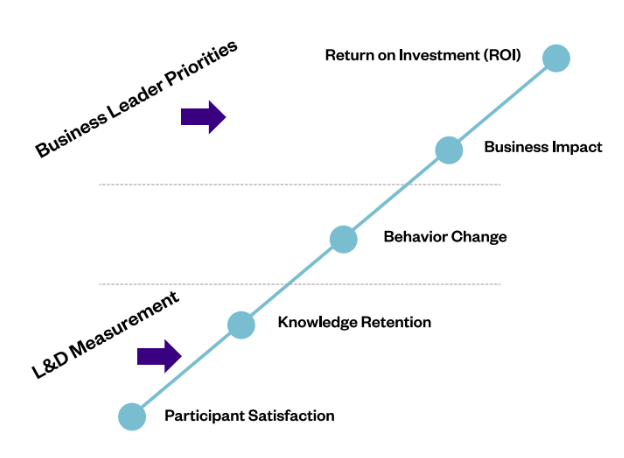How do I ensure that my clients prioritize my programs?
This has to be one of the most frustrating parts of doing what you do.
Your client has a specific idea of what they want the training program to do.
You work evenings and weekends to get the proposal just right and organize it the way they want.
The client negotiates with you on price, you knock that down, you get the proposal through, and then…crickets.
There’s a lag.
When they do come back they assure you it’s still very important but something more urgent has come up.
This can happen over and over again.
If you’re reading this, you know exactly what I’m talking about because you’ve been on the receiving end of this frustrating situation before, perhaps even multiple times.
The fascinating thing is, if you ask past clients about your services they will undoubtedly say the program was critically important.
Notice the use of the word important.
Important, not urgent.
That is the fundamental challenge – the work that you are doing (in many cases) has not been directly connected to the C-Suite priorities.
So the real question is, how do you retain your priority status, or become a priority for your clients?
How do you connect to the executive team’s already existing priorities?
Allow me to refer to the Kirkpatrick-Phillips model.

The Great Divide
In this model, program impact measurement moves from the bottom up.
However, there appears to be an invisible line that sits above the knowledge retention level, where 92% of people development teams stop measuring the programs they have run.
Oftentimes the additional challenge is that people development teams are measuring program efficacy based on their own KPIs.
This isn’t what the executive team cares about.
The executive team, by and large, is focused almost exclusively on what is above the line – business impact and ROI.
This is the great divide between what HR is focused on and the C-Suite is focused on – which does not help your programs get prioritized.
Thankfully, there is a bridge between that gap, the bridge is behavior change.
While behavior change alone won’t get the attention of the C-Suite, it is the driving force behind it. At Actionable we work from a top-down approach.
The way you structure your proposals and by extension your programs, all starts with the desired business impact and an understanding of what the C-Suite’s priorities are.
While it may be your first reaction to reach out to your HR contact, they might not know what specific priorities the C-Suite is focused on at that time.
This is where it benefits you greatly to do some research, find contacts that are in the business unit in question just to understand what their priorities are for the year.
Tailoring Your Program Proposal
Once you have identified the top priorities of the C-Suite you can then look at that list and select the one that your program best addresses.
You can then identify the behaviors that are required to shift or increase competencies that will make that business objective a reality.
This goes with the understanding that the business objective is usually something quite concrete and requires certain competencies or skillsets developed within the organization, to make it a reality.
After you have identified the business objective and the behavior changes required for that you can work backward in designing your proposal and program.
You can then outline to the HR representative how you will take people from a place of inspiration through the change process and outline the system they will use to increase the likelihood of them establishing these new competencies.
Company objective → required behavior changes → your content that drives these behavior changes
When you design your program proposals from the top down – driven by the business objective, outlining what you’re going to do and why it matters to them – you will win more deals.
Why?
Because at that point it’s no longer just an HR priority, it’s also a business priority.
As a bonus, if you can also get the HR buyer onside with their understanding about how this program addresses the business priorities you have an internal champion who will help you sell this through.
I appreciate this was written with more abstract thinking involved.
However, this is exactly the kind of thing we work through with consultants we work with all the time.
We do group coaching calls, one-on-one coaching calls to guide you through the process.
We also do proposal reviews wherein we help you create a rock-solid proposal that addresses your client’s business objectives through behavior change as well as the learning needs of the organization.
I encourage you to reach out and book a free consult call if you would like to chat through this and understand how we might be able to help you.


